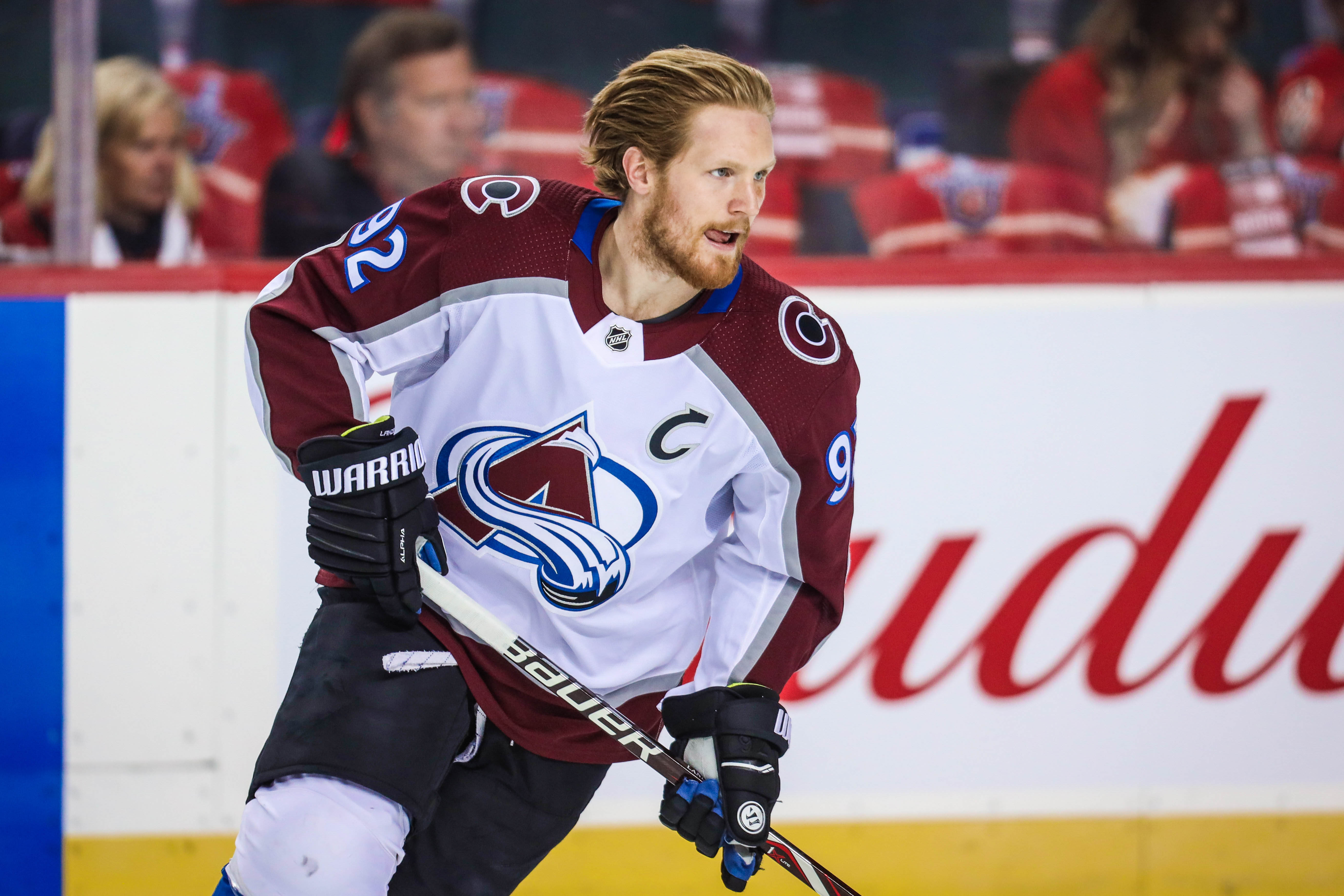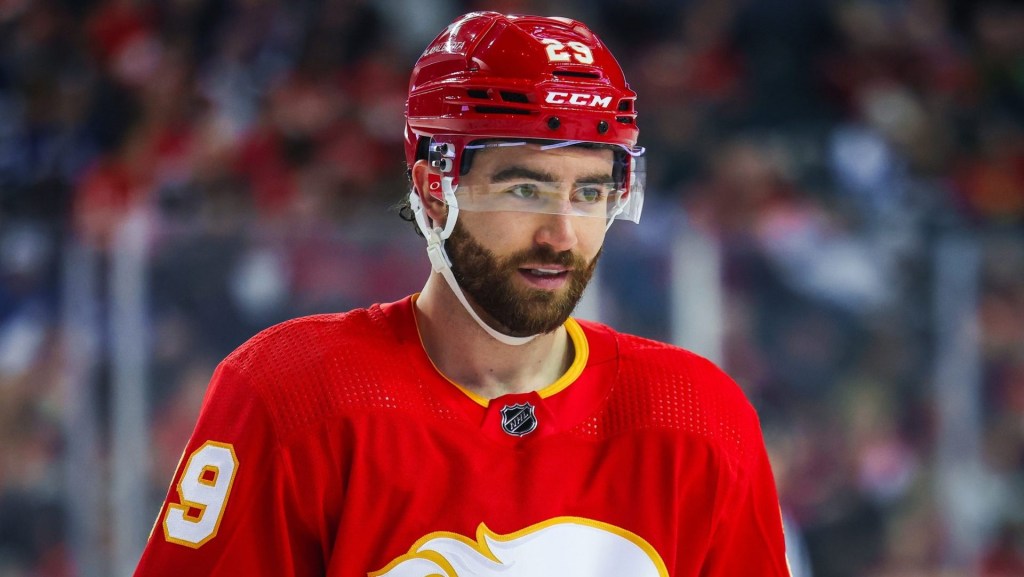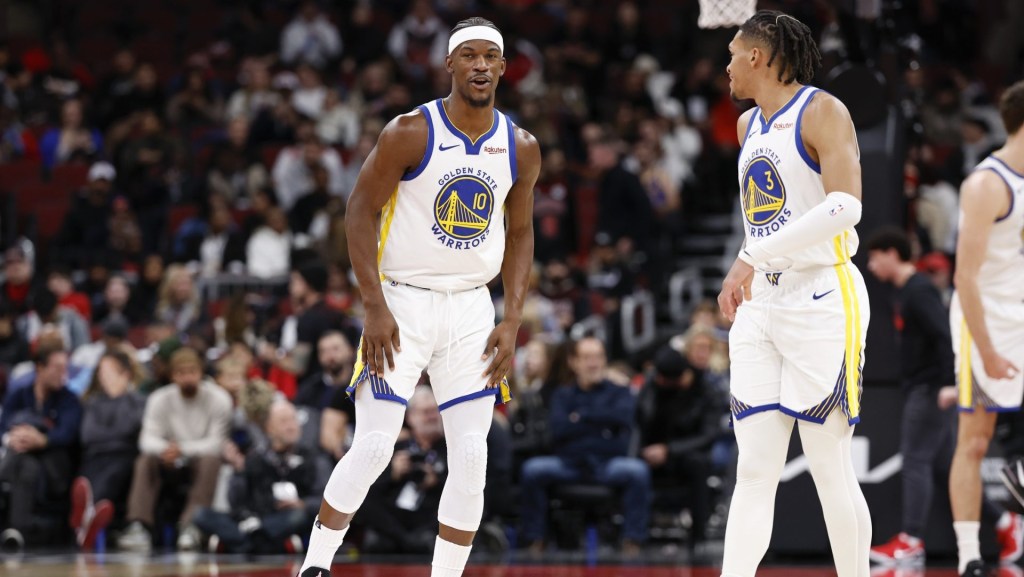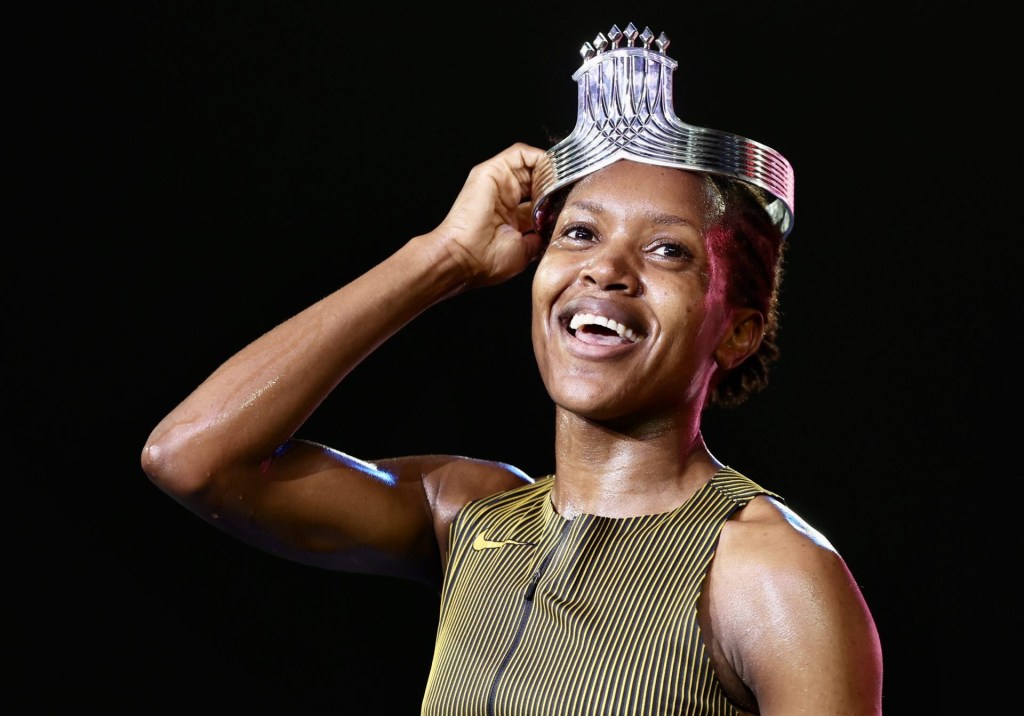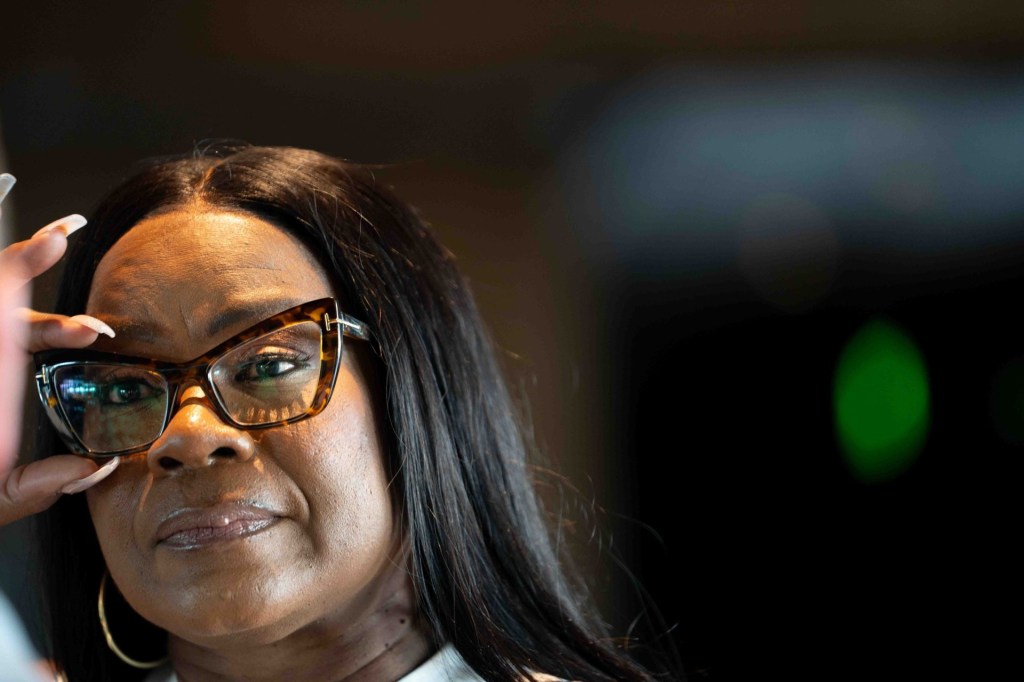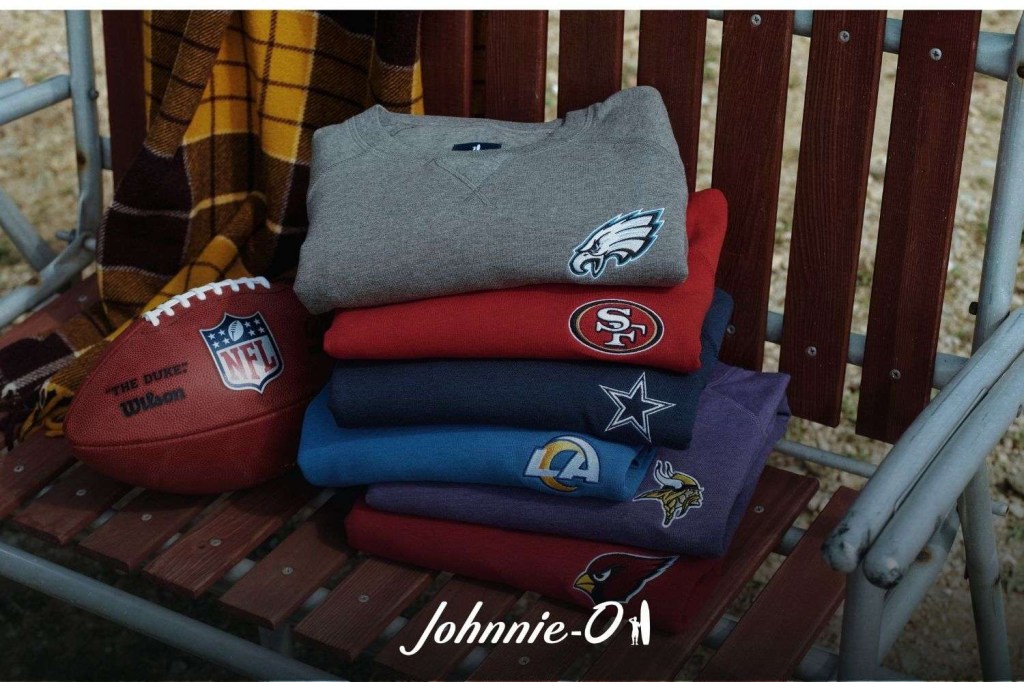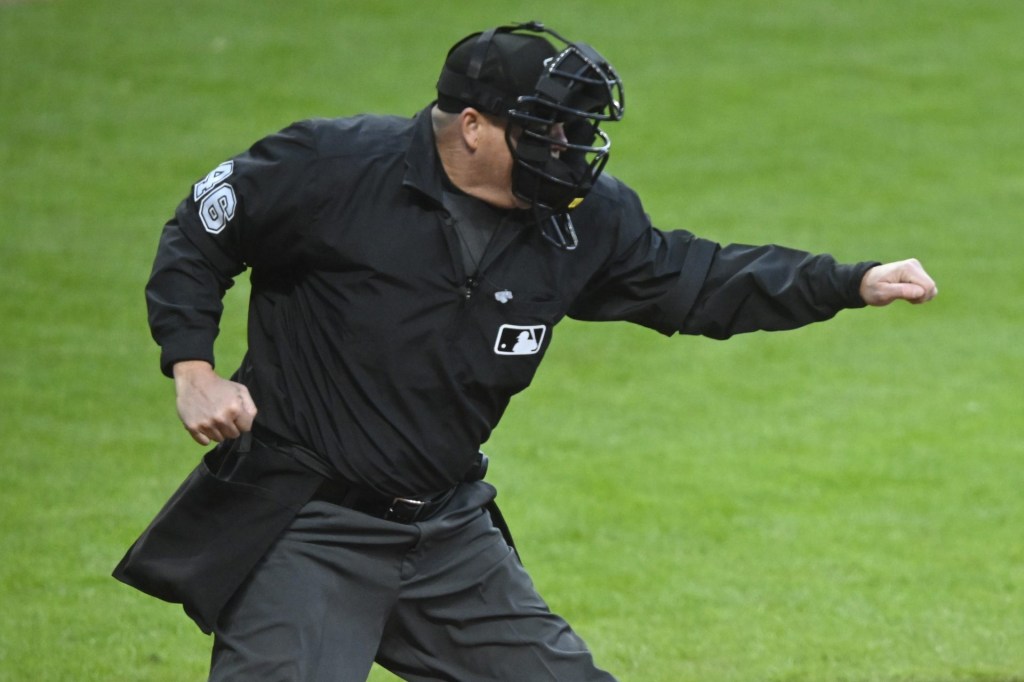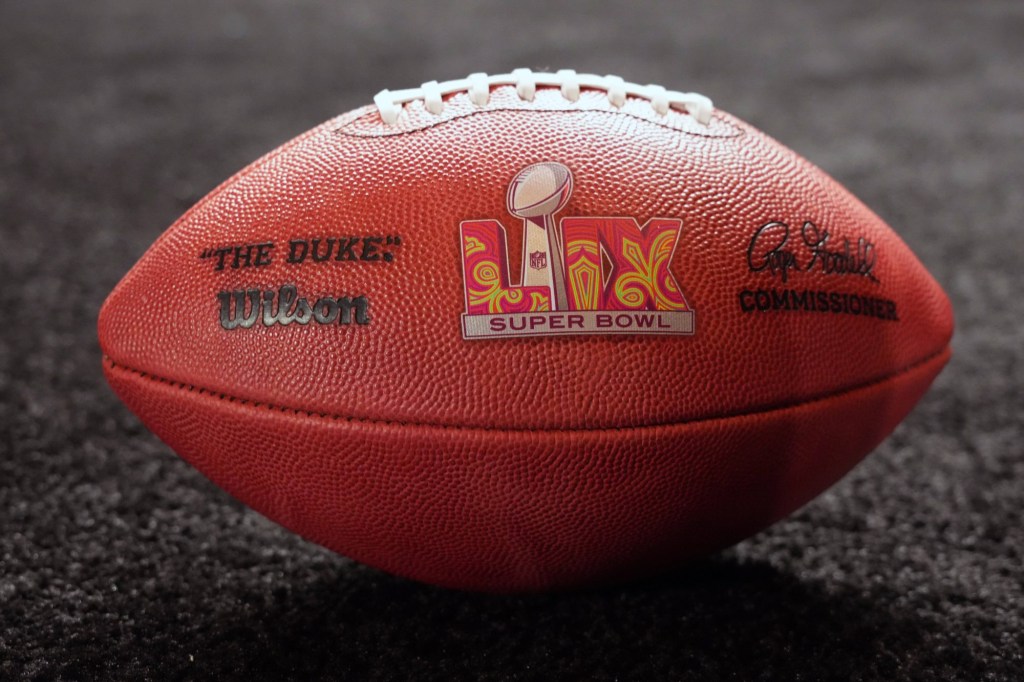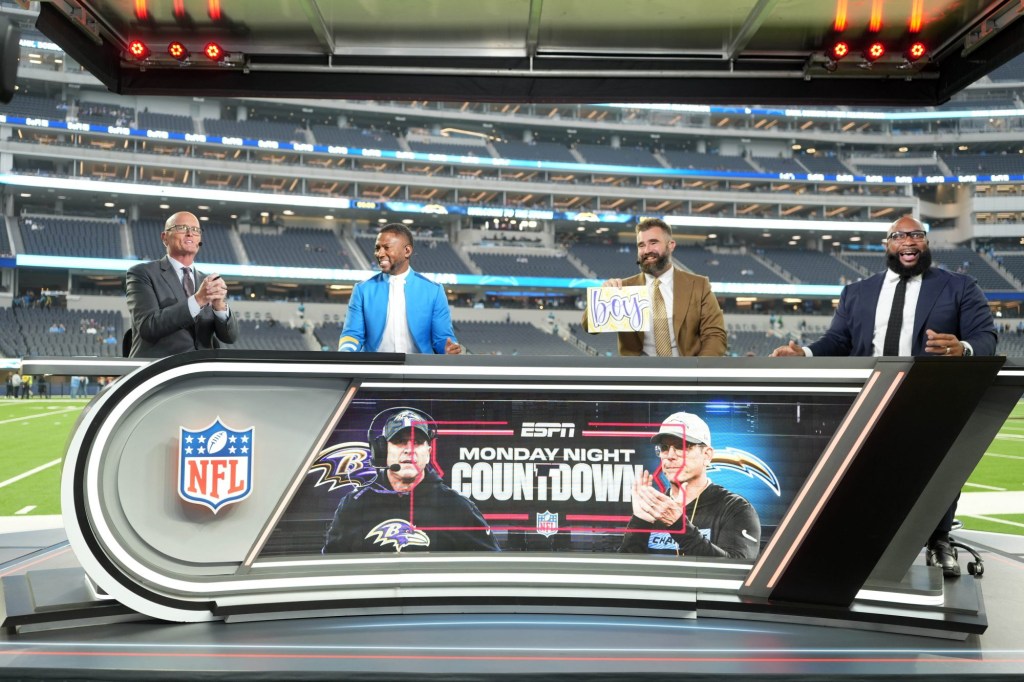
As the NHL continues to build its reach in Europe, 23 players from teams across the league are dropping into the market to help further the cause.
On August 15, the league and the NHLPA will hold its third European player media tour. The event is being held in Stockholm, Sweden at the headquarters of Viasat, which holds the NHL’s international media rights in Finland, Norway and Sweden.
Dozens of media outlets are expected to attend, ranging from local news outlets and newspapers from across the continent to NHL international rightsholders like DAZN, Setanta and TV Nova Sport. It will also include the NHL’s internal outlet geared towards global fans, NHL.com International, which produces content in six other languages in addition to the league’s coverage in English and French.
When the NHL and NHLPA launched the event in 2017, NHL Deputy Commissioner Bill Daly admits that many of the league’s European-based rightsholders and media members – and even participating European-born players – had the same question: “Is this something that will just be one and done?,” he recalled.
However, as the league has placed a larger emphasis since then on growing its fandom in Europe , the event has only grown as well.
“The fact that we’re back here for a third consecutive year says that this is something that we’re trying to build and leverage,” said Daly, who traveled to Stockholm for the event alongside several executives from the league and the player’s association, including NHLPA Executive Director Donald Fehr.
Taking part in the event will be some of the league’s biggest European-born stars, such as Boston Bruins forward David Pastrnak, Colorado Avalanche forward Gabriel Landeskog, Florida Panthers forward Aleksander Barkov and Washington Capitals forward Nicklas Backstrom. Those players hail from the Czech Republic, Sweden, Finland and Sweden, respectively.
“If I compare this event [to the one in 2017], there’s almost a night and day difference,” Daly said. “That comes from the fact that it’s well embraced by all the parties, including the players who are taking time from their summer break to be here – they all see that we have an interest in their markets, that we’re engaged and making bigger investments so that we have a regular presence over here.”
The most tangible part of that presence is games themselves. The 2019-2020 season will mark the third straight year that the NHL will travel to Europe to play regular-season games, and the eighth overall. The NHL first played a regular season game in Europe in 2007 after staging exhibition games between 2000 and 2003; however, both of those efforts were cut short by the 2004-2005 and 2012-2013 lockouts before being relaunched in 2017.
This season, the Chicago Blackhawks and Philadelphia Flyers will open the season against each other in Prague, Czech Republic on October 4, with the teams holding training camps and exhibition games in Germany and Switzerland, respectively. The Buffalo Sabres and Tampa Bay Lightning will play a pair of games in Stockholm in November.
Daly said that tickets for those three games, as well as the exhibition games versus local teams, all “sold out instantly.” The teams and the NHL will also hold a variety of events for fans alongside the games, including hockey clinics and player appearances.
READ MORE: Following NBA’s Lead, NHL Taps Massive Chinese Market for Fans
However, perhaps the biggest catalyst of the NHL’s growth in Europe will come via its broadcasts.
Last season, the NHL purposely tweaked the start times of nearly 50 of its Saturday and Sunday games. While that meant games would start in the afternoon in their respective cities, they would fall in prime time windows for 24 countries and territories across Europe, which allowed the league’s European broadcast partners to market a “European Game of the Week.”
That time difference has historically been a challenge for European fans, who are passionate about the sport, the league and its player base – roughly 30% of which hails from an European country.
For example, for a fan living in Stockholm interested in watching New York Rangers goalie Henrik Lundqvist – one of the country’s most well-known active athletes – a game that starts at 7 p.m. ET at Madison Square Garden wouldn’t start until 1 a.m. locally. Comparatively, a noon ET start in New York would mean the game would be on at 6 p.m. in Stockholm.
“During my time at the league [which began in 1996], this has been the biggest and most impactful European initiative that I can remember,” Daly said. “It’s not that we never thought of it before, but we were finally able to get the buy-in from our clubs in terms of scheduling to pull it off – it’s been a game changer.”
Key to that has been wide participation across the league, so that European fans get to see a wide swath of players and teams: 30 of the league’s 31 teams played a game in European prime time last season.
The European game of the week format will return again this season, as the shift has been beneficial to the league’s partners, Daly said. Content from the media tours has also been key in promoting those games, building more buzz for the NHL season as a whole.
READ MORE: Following Strong Second Year, NHL Execs See Big Future for Esports
“All of the international broadcast deals are growing exponentially – they know that we’re willing to invest in having a European presence, so the response has been great,” Daly said.
“You see how much enthusiasm and excitement there is in Europe for the NHL,” he said. “When all of the games we’re putting on this year go on sale and sell out instantly, that tells me we’re doing the right things in the market, that there is demand for NHL hockey and the interest in our players in these markets is only growing.”
